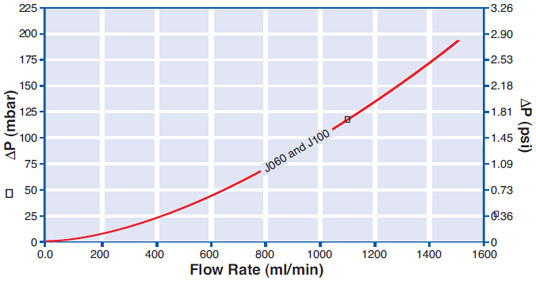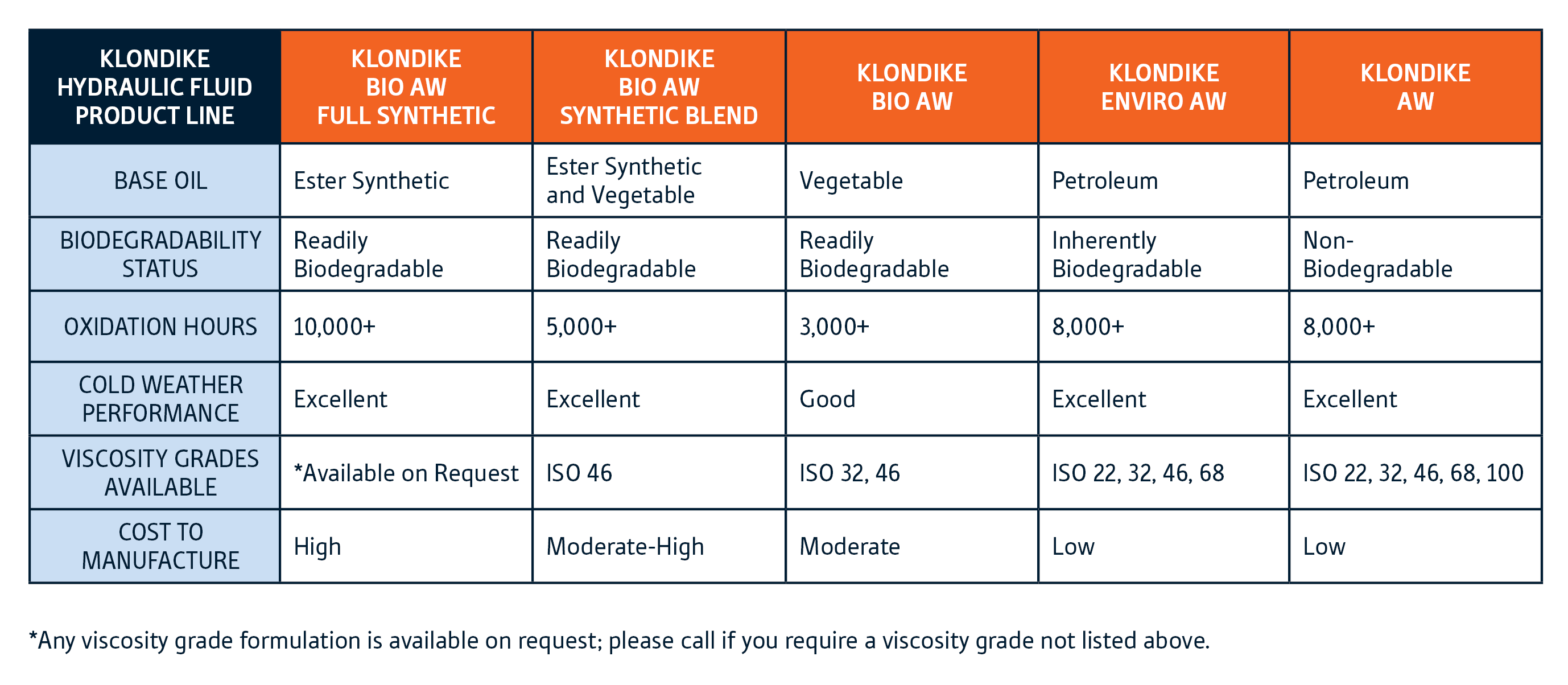
To better understand the ramifications of high-viscosity mixing, let’s first review a much simpler case - that of turbulent flow in low-viscosity mixing. Yet, in the case of mixing highly viscous materials, achieving uniformity is often a difficult, but not impossible, challenge. One way to view mixing is as a method to cause separate ingredients otherwise independent from one another to interface as a result of an external force. A member of our knowledgeable sales staff will get back to you promptly.Publications Understanding High Viscosity Mixing

To learn more about how High Shear Mixer Manufacturer Quadro ® Liquids can improve the efficiency, consistency and profitability of your food, cosmetics, pharmaceutical and other process applications, contact us here. The formulation and dispensation of everything from paints and glues, to cosmetics and medicinal creams and ointments, will be impacted by viscosity. Of course, viscosity is a factor that affects many other products and industries as well. Others, such as oil and vinegar dressings, for example, may require packaging that limits or regulates flow so that too much isn’t dispensed too quickly. Some products, such as thick salad dressings, may require wide mouths to facilitate use by consumers. Both will depend largely on the viscosity of the product in question. From the perspective of consumers, getting the product to exit the packaging in a convenient manner is certainly important. Getting the product into the container during packaging is one consideration. In the food industry, for example, viscosity will necessarily impact decisions about packaging. Thus, process engineers may need to grapple with surprisingly complex equations when calculating optimal mixing, shearing and flow rates, and conditions during product processing. Newtonian fluids, in contrast, such as water or honey, respond primarily to changes in temperature, but not to pressure. Their viscosity changes in response to stresses and shear forces in ways that are not entirely predictable. Some commercially relevant products, such as shampoo, cosmetics, toothpaste, mayonnaise and yogurt, are non-Newtonian fluids. A corn starch/water mixture can seemingly transform, readily, from liquid to near-solid and back again, depending on how much pressure is applied. As most children eventually discover, such a fluid flows readily enough until one applies pressure to it, at which point its viscosity increases dramatically. Perhaps the simplest, most dramatic, example of a non-Newtonian fluid is corn starch dissolved in water. Shaking ketchup helps it flow more readily. Ketchup, however, is a non-Newtonian fluid. You can shake a container of water for hours, but it will still flow at the same rate. In essence, this law states that a liquid’s flow behavior is described by a simple linear relationship between shear stress and shear rate. First described by Sir Isaac Newton, who used differential equations to explain their behaviors, Newtonian fluids conform to Newton’s law of viscosity. Most fluids are classified as either Newtonian or non-Newtonian. Understanding the viscosity of a given liquid is important when processing liquids, as viscosity is a property that will affect flow through your production system, not to mention ultimate issues such as packaging decisions. Thus, particle shape contributes to viscosity.

The ungainly shapes of constituent molecules create greater friction as they slide past one another.

Generally speaking, larger molecules, such as the large chains of carbohydrates in syrup, slide past one another with greater difficulty than the minuscule molecules of water. The shapes of individual particles comprising a fluid also affect that liquid’s viscosity. Thus, honey becomes much less viscous when it’s hot than when it’s cold. Of course, when you add energy, in the form of heat, the molecules making up these liquids become less densely packed and are better able to slide past one another. Compared to a relatively nonviscous fluid, such as water, highly viscous liquids flow much more slowly. A highly viscous fluid tends to be thick, like honey or cold maple syrup. Viscosity is the property of a given liquid that describes its resistance to flow.


 0 kommentar(er)
0 kommentar(er)
